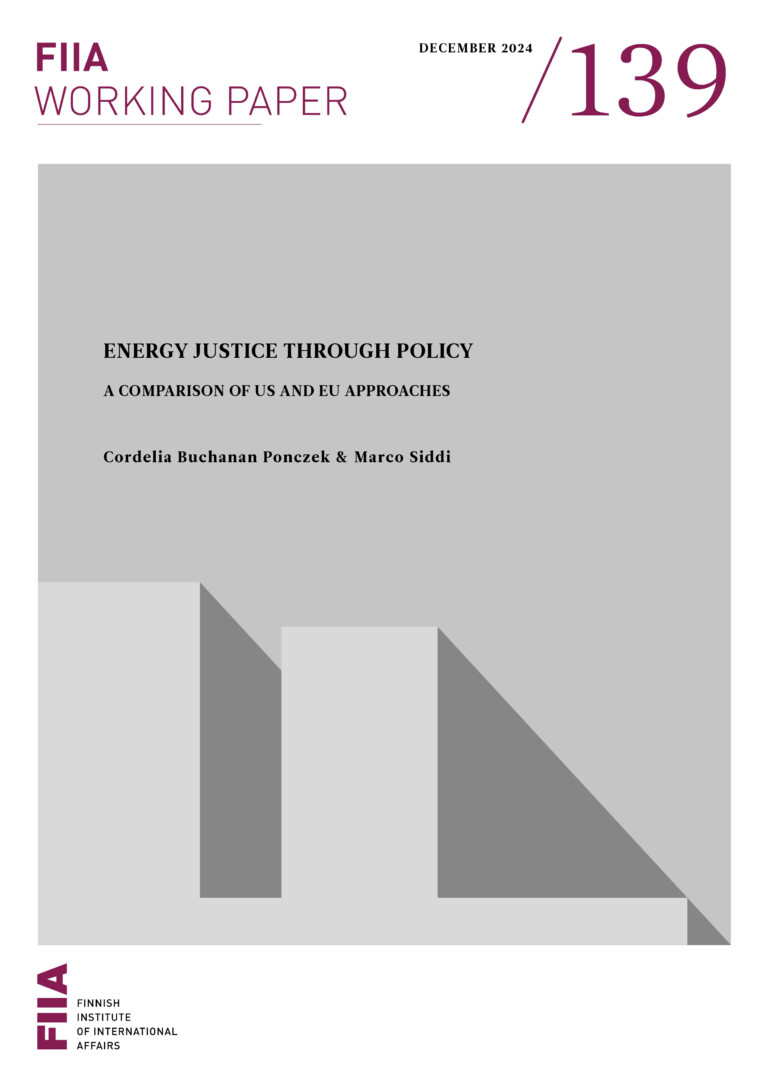The first year of Taliban rule was more stable than expected, yet human rights were increasingly violated. Internal divides, political violence, and an economic crisis challenge the administration. Notwithstanding the changed regime, the international community has the responsibility to support Afghans and their priorities.
The Taliban’s capture of Kabul on 15 August, 2021 marked the end of nearly twenty years of international intervention and civil war in Afghanistan. At least 176,000 Afghans were killed during the war, with many more disabled and deprived of livelihoods. The Taliban’s power grab has catalysed discussion on the effectiveness of international stabilisation efforts, but also on the nature of the new power holders: Afghanistan is once again an Islamic Emirate, but is the Taliban taking the country back to the 1990s or has the movement renewed itself?
On the one hand, the Taliban regime has increasingly excluded women from the public sphere and oppressed civil society and the media. Millions of girls are still banned from attending school despite the promises made to the contrary. Internal divisions seem to play a role here: Kandahar-based Emir Haibatullah Akhundzada appears to be steering the regime in an increasingly hard-line direction, to which the officials in Kabul need to adapt.
On the other hand, violent persecution of former government affiliates appears to have remained on a smaller scale than expected. Despite capability and bureaucratic challenges, the Taliban has managed to collect taxes. There are also some continuities between the Taliban and the former state administration: similarly to the former government, the Taliban has centralised power. Many former male state administration officials (except for women and in the security sector) have also kept their jobs and now work alongside Taliban officials. In many parts of the countryside, where the Taliban already held considerable power long before August 2021, the situation has not changed drastically.
The end of the insurgency and the counterinsurgency meant ending of the active intrastate war, which has improved the general security situation. However, over the last couple of months, deadly terrorist attacks by the Islamic State of Khorasan Province (ISKP) targeting the Hazara ethnic group have increased. The National Resistance Front, an armed group led by former Vice President Amrullah Saleh and supported by Tajikistan, is also trying to invoke armed resistance against the new rulers.
Besides the threat of violence, the deep economic crisis challenges the state and Afghans’ human security. The former administration’s dependence on international aid and the changed relationship between the international community and Afghanistan have exacerbated the economic turmoil. Prior to August 2021, a staggering and unsustainable 45% of the country’s GDP came from international aid. The collapse of the official development aid combined with the sanctions and asset freezes targeting the Taliban regime stopped most of the financial flows to the country. The economic effects were aggravated by the concrete withdrawal of international actors and their economic activities from the country. Amid doubts regarding the new rulers, foreign investments remain low even after the United States eased its sanctions policies.
All of this contributed to a situation in which there were fears of economic collapse and widescale hunger in the winter. Humanitarian aid prevented the worst scenarios, but the needs remain. Hundreds of thousands have lost their jobs. The state’s basic service provisions, including healthcare, are seriously undermined, while food prices are going up, as in the rest of the world. As a result, more than half of Afghans are in acute need of help, and the situation may deteriorate this winter.
The international community faces difficult decisions. On the one hand, the Taliban has established a theocracy that violates human rights and does not live up to any aid conditionality. Indeed, international support, coordinated by the UN Assistance Mission in Afghanistan (UNAMA), continues to be restricted to humanitarian aid and fulfilling basic needs. The tools to influence the Taliban politically appear to be missing, however. The use of force did not create sustainable results, and nor is there any demand for such solutions in the current situation. The asset freezes and sanctions are already in place. Negotiations have also failed to move the situation forward, as the Taliban keeps breaking its promises.
On the other hand, the need for humanitarian aid will not decrease unless the country’s economic situation improves. This might require a more pragmatic approach towards the Taliban. Despite its obvious flaws, the new administration has some advantages. The ending of the war has made the vast country more accessible theoretically, which can help when it comes to assessing the needs on the ground in order to provide aid efficiently across the country. This requires a physical presence, however, which many aid donors lack altogether since the withdrawal and the burst of the Kabul bubble. Indeed, the donor community is increasingly dependent for information on local contacts and the multilateral organisations that are present on the ground.
The withdrawal has not erased responsibility towards Afghanistan. Irrespective of the government, the international community needs to do more for the people in Afghanistan. International efforts revolve around context-specific aims, strategic coordination, and aid based on Afghans’ needs and priorities. The key lies in taking advantage of the absence of war and the relative stability. This does not mean compromising on human rights. On the contrary, clear communication and seizing every opportunity to influence the Taliban in this regard are central to the efforts. The Afghan people do not deserve to be forgotten, or held hostage.













